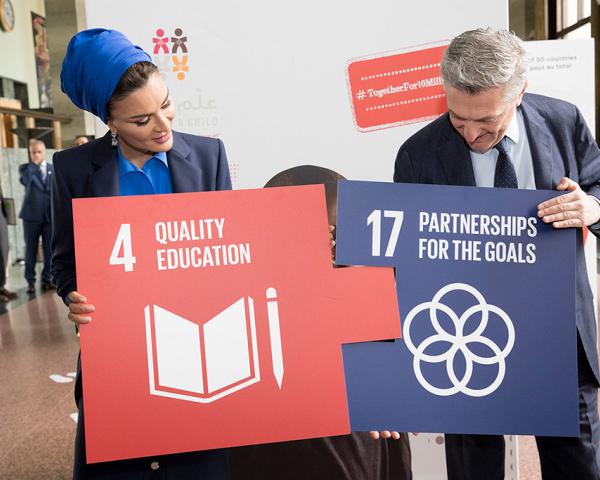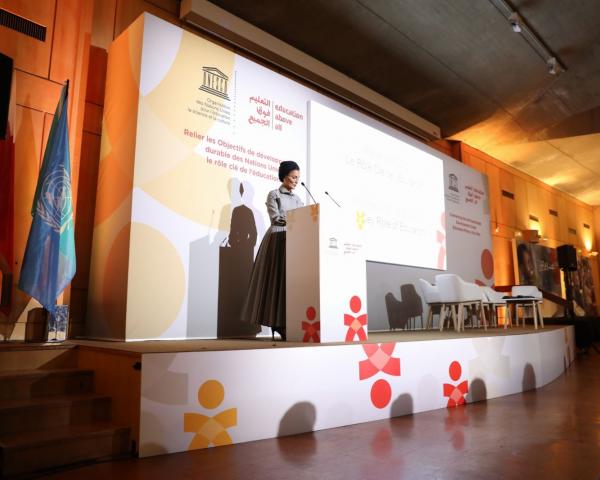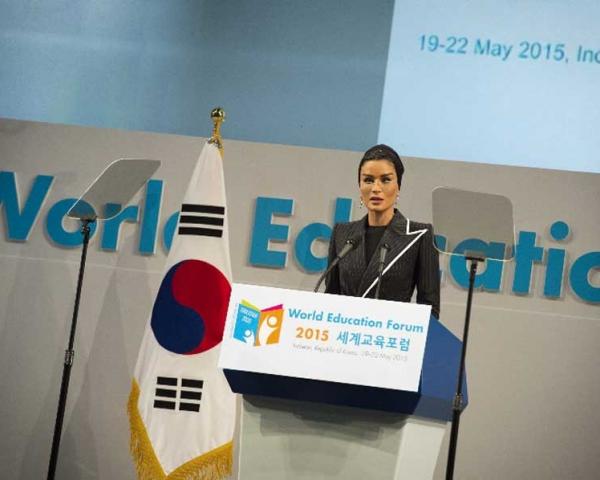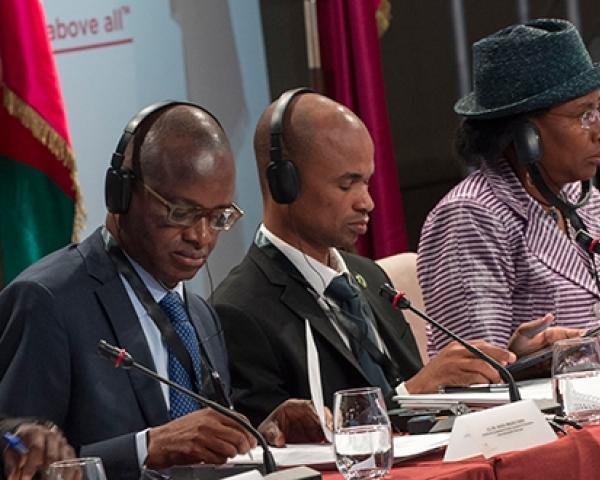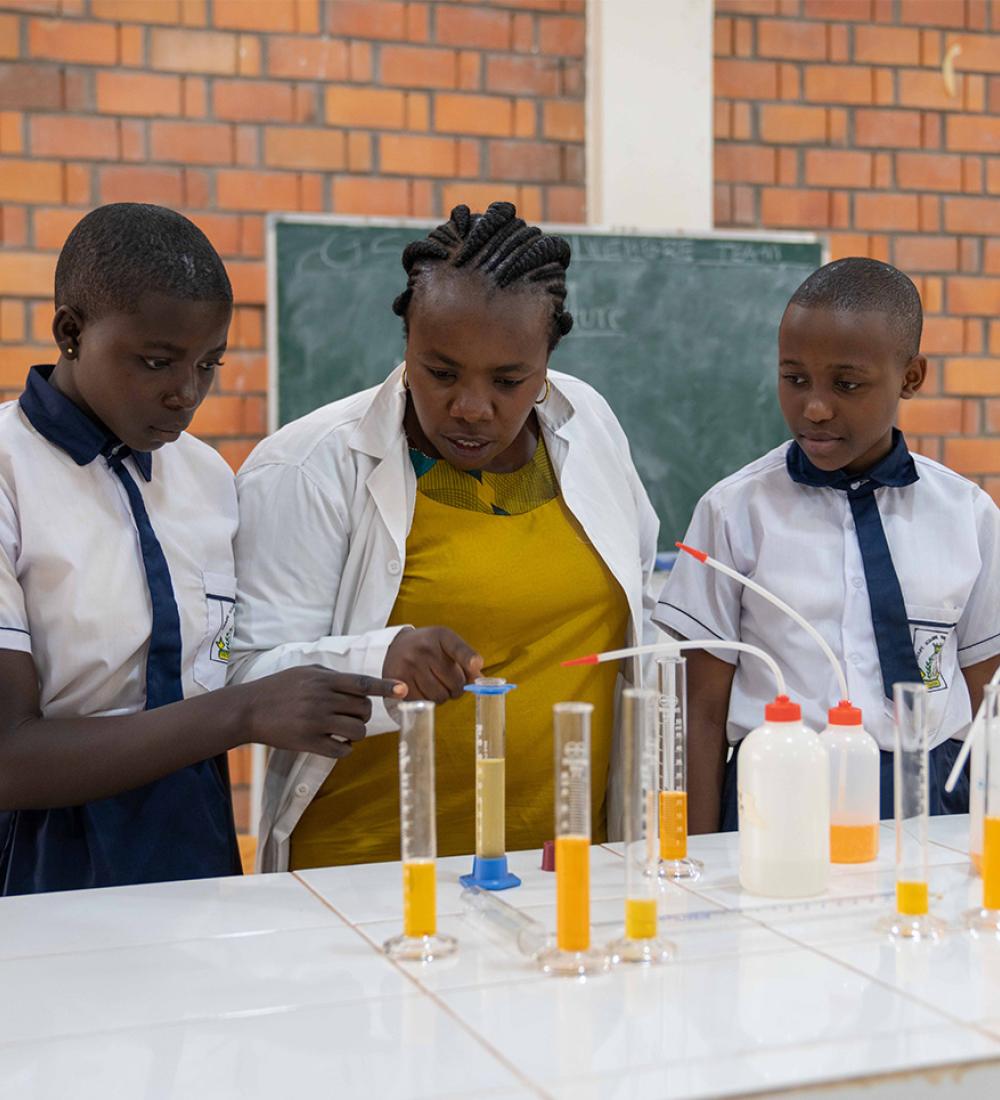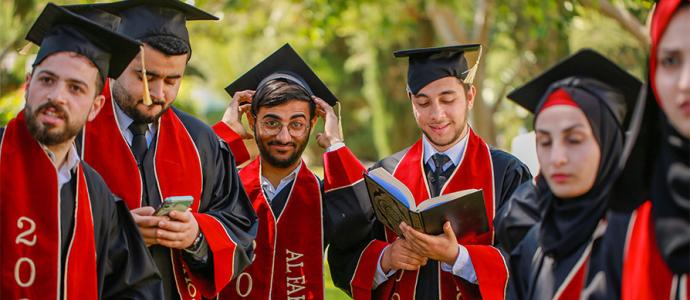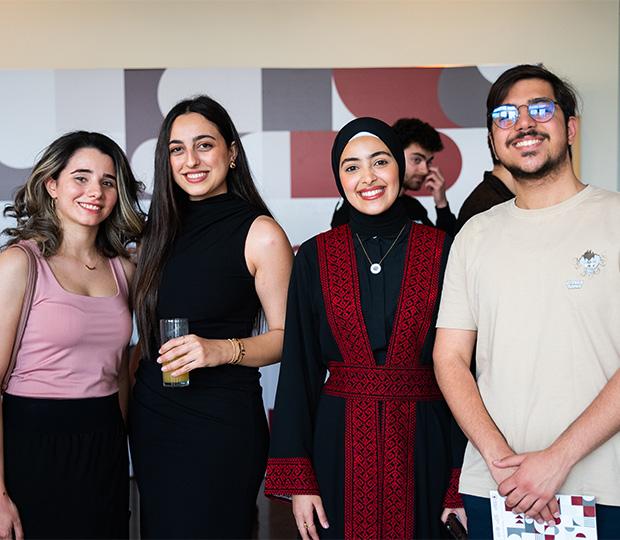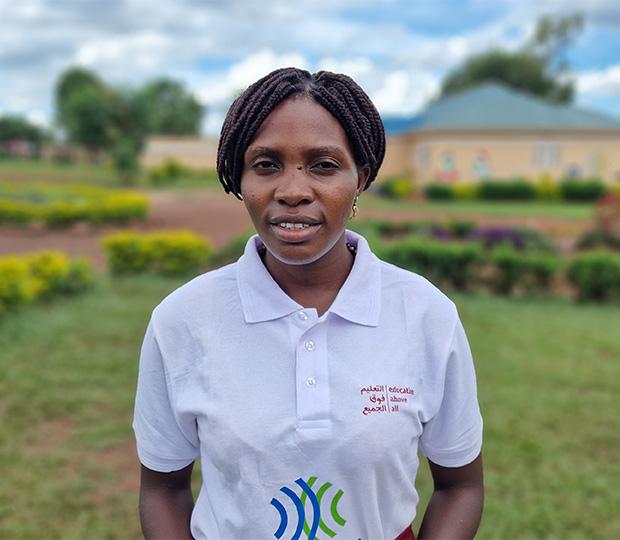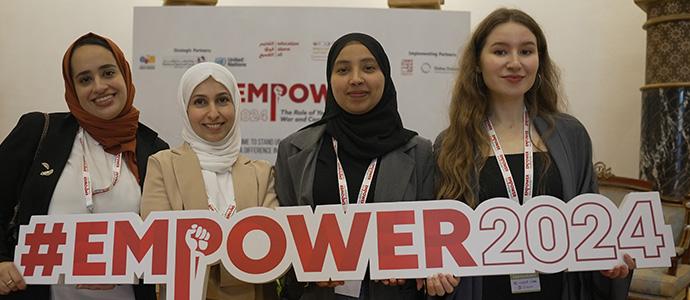Sustaining Change - Occasional Paper #3
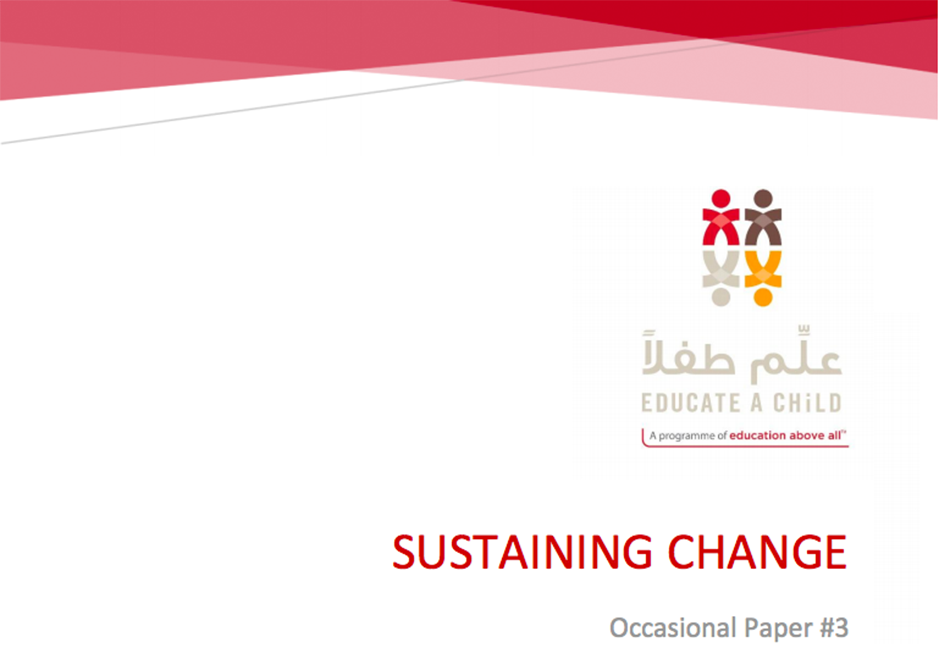
This concept was originally intended to capture the essence of living on the planet in ways that protect resources for the future. Over time, it has broadened to include social, economic and environmental health and well-being for humans and habitat. One foundational contributor to a sustainable world is education, a key to improving people’s lives and ability to thrive. The goal of EAC’s partners is to create lasting changes and long-term impacts beyond the term of the project so the forgotten and invisible children who are denied an education continue to be recognised and supported.
This is the third Educate A Child (EAC) Occasional Paper. The purpose of EAC’s occasional paper series is to recognise and bring topics pertinent to out of school children (OOSC) to the fore for discussion and further elaboration. The focus of this paper is sustainability. A standard international development objective is for project interventions to lead to sustained commitments beyond the lifetime of an individual project. For EAC, this means assurance that reaching OOSC remains a commitment within the dominant education system and specific project interventions designed to support OOSC are continued.






